Devotion – Part 4: Italy
Chapter 3: Piazza Navona and the Capitoline Museums
Piazza Navona
Piazza Navona is a Baroque square that is the remains of a stadium, Circus Domitianus, that was built in 85 CE to host Greek games. The stadium was covered in white marble and could seat 30,000 people. There are still remains beneath the square.
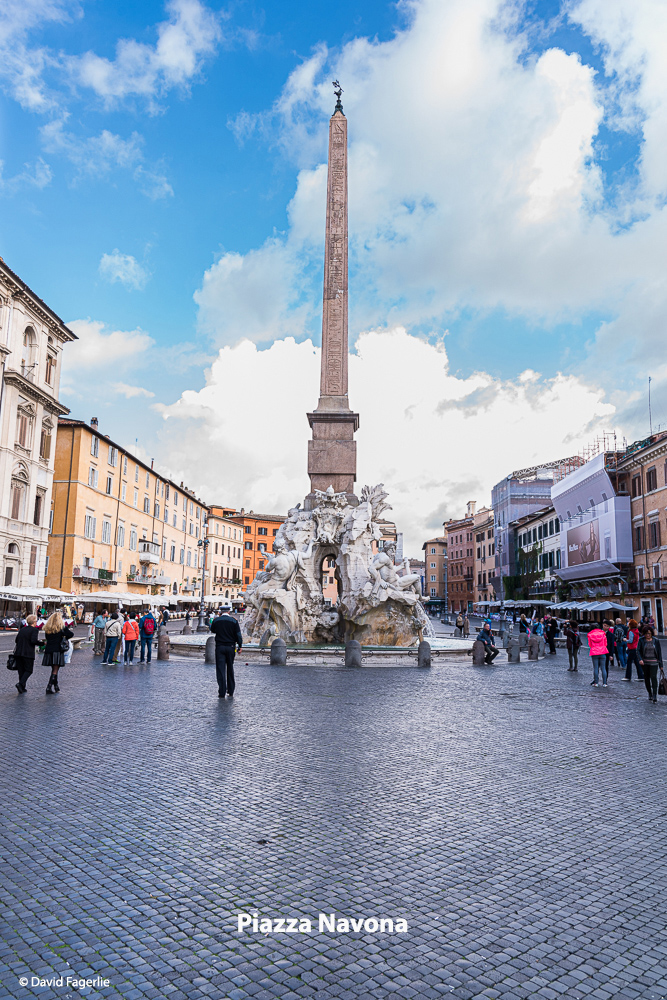
The square is quite long. In the second half of the 1400s the piazza was home to a market and it was paved over in 1485. It became a place to hold processions and festivals. In the 1600s Pope Innocent X began a summertime tradition of plugging the drains of the fountains on Saturdays and Sundays so that Romans could enjoy the water that pooled over the entire square. Pope Pius IX put an end to that tradition in 1866.
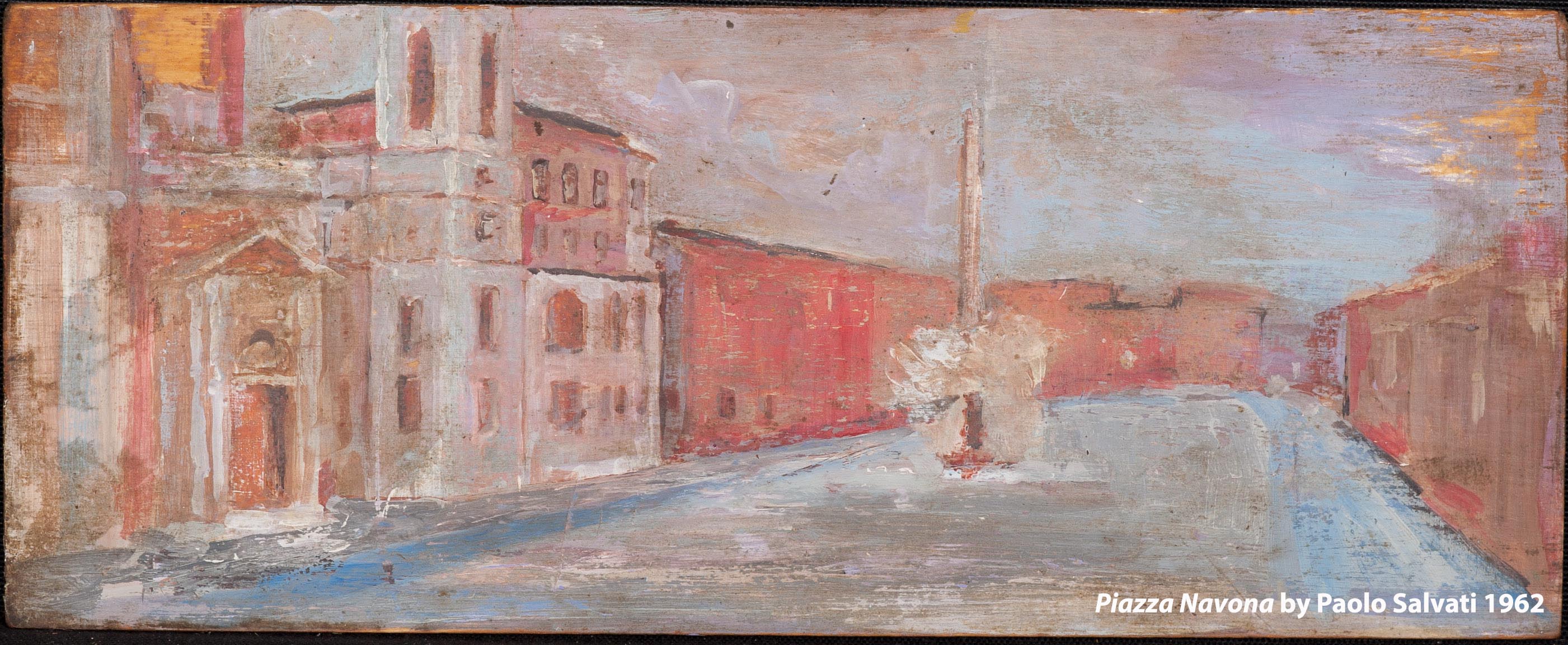
The piazza was featured in two movies. In the 1964 movie Yesterday, Today and Tomorrow it was the setting of the main character’s apartment. The piazza was also featured in the 2009 movie Angels and Demons.
Fontana dei Quattro Fiumi
The fountain in the center, La Fontana dei Quattro Fuimi, is considered one of Gian Lorenzo Bernini’s greatest works. “Erected in the centre of Piazza Navona, the Fontana dei Quattro Fiumi (Fountain of the Four Rivers) was designed by Bernini in 1651. The four statues represent the most important rivers of the continents where Christianity had spread; the Nile, Danube, the Ganges and Rio de la Plata. In the middle there is an obelisk measuring 52 ft (16 m), which had originally been part of the Circus of Maxentius, found in the Appian Way Regional Park.” – civitatis Rome

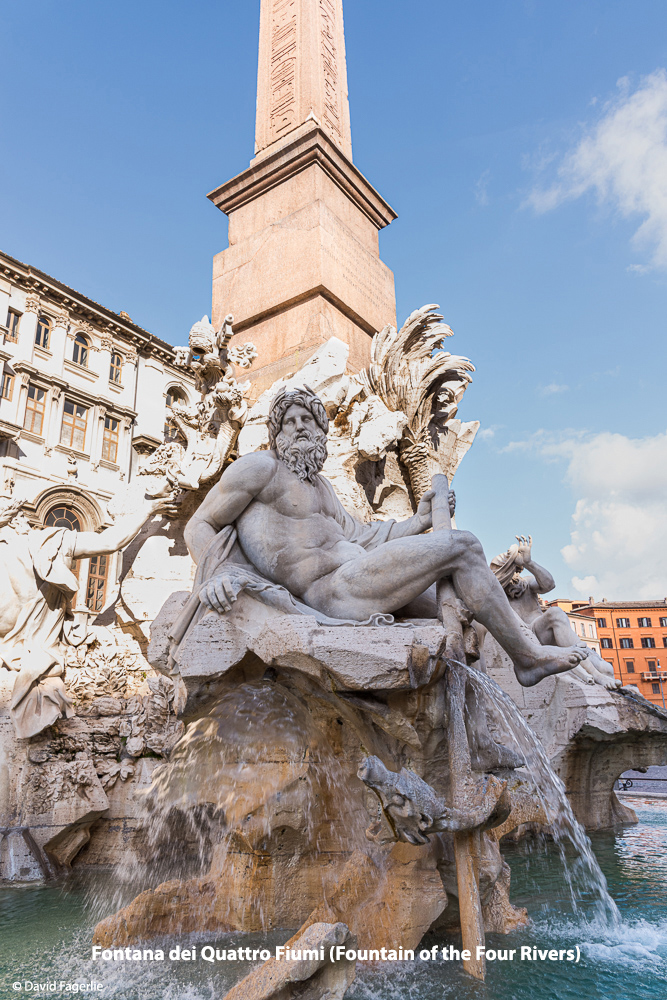
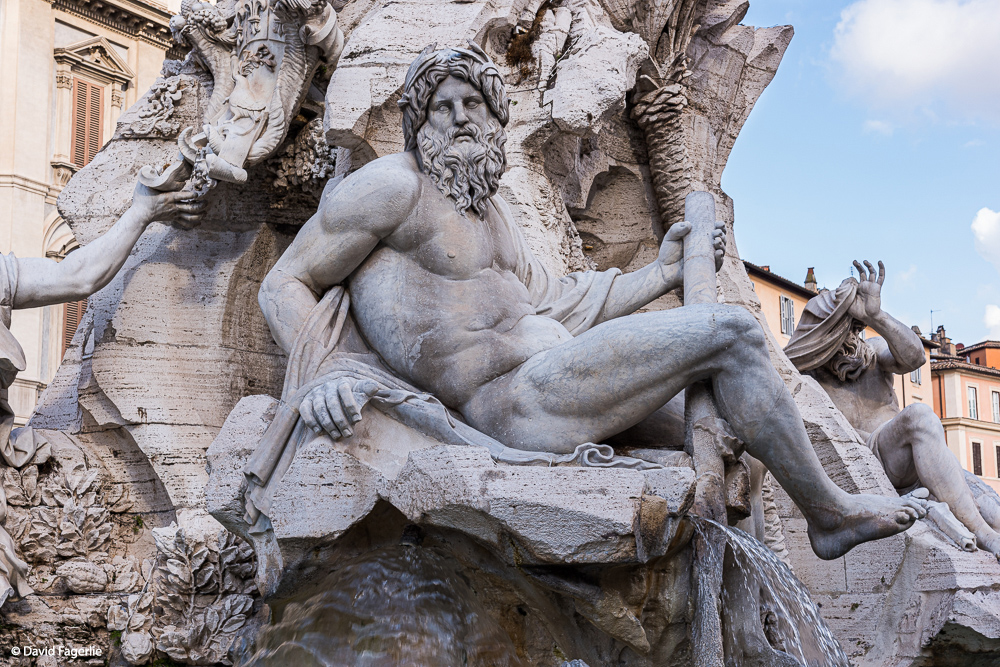
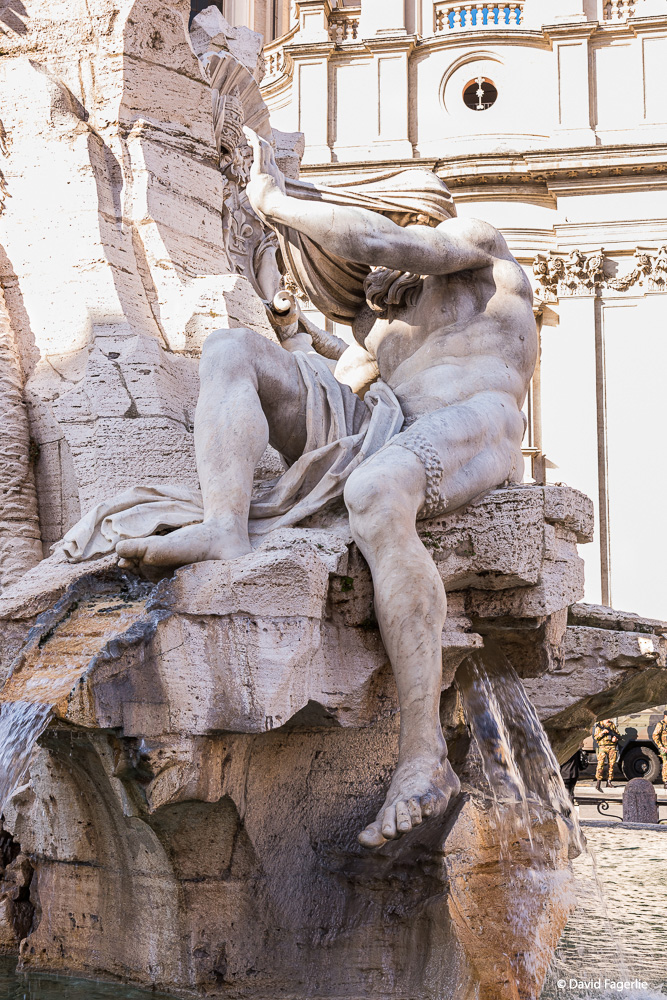
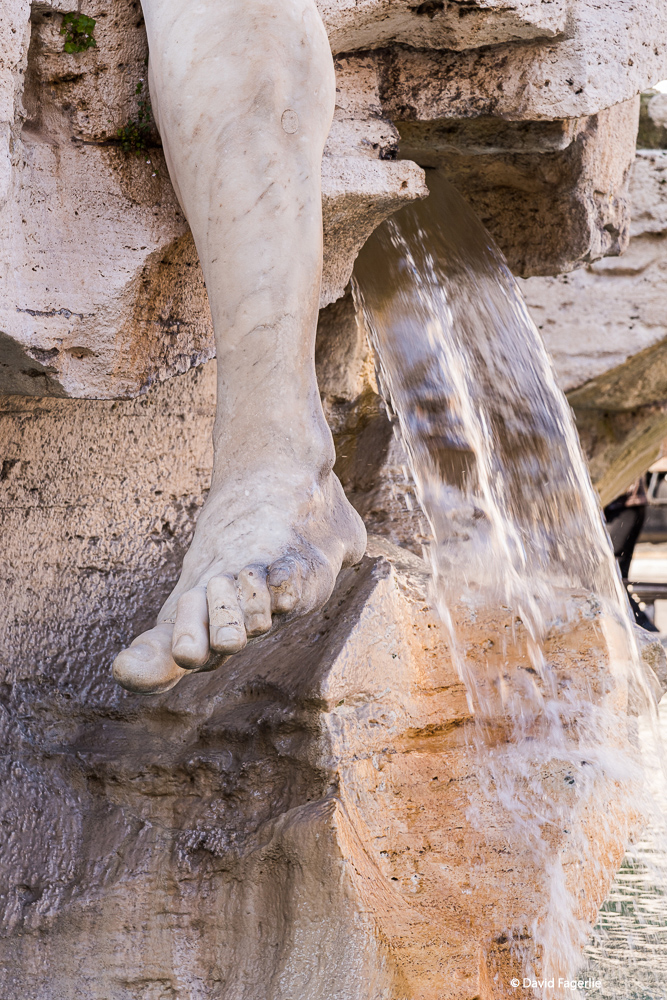
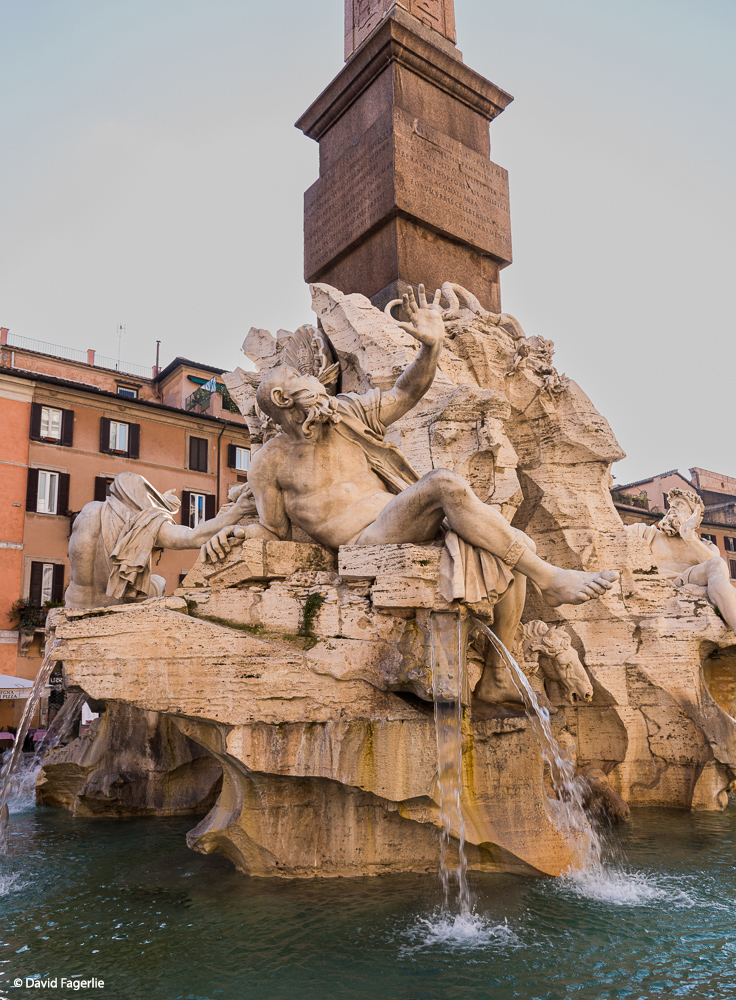
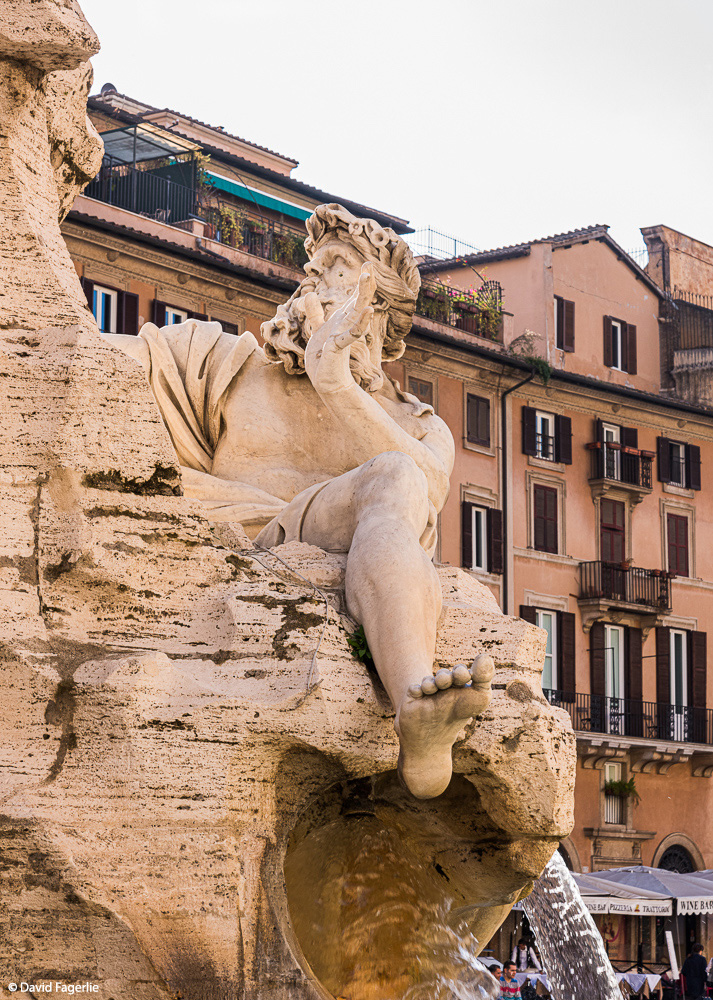
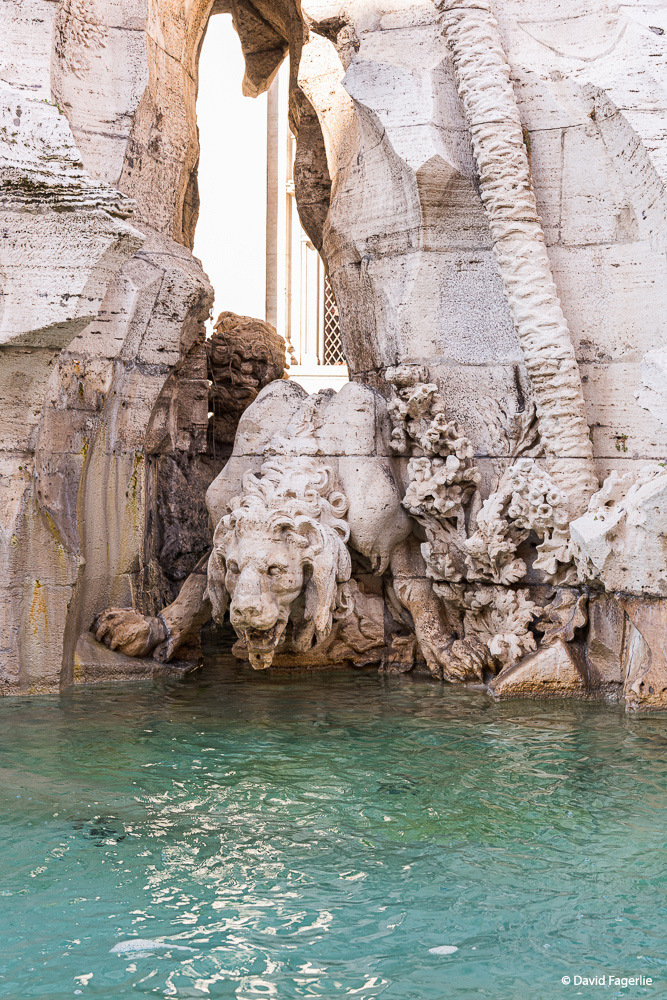
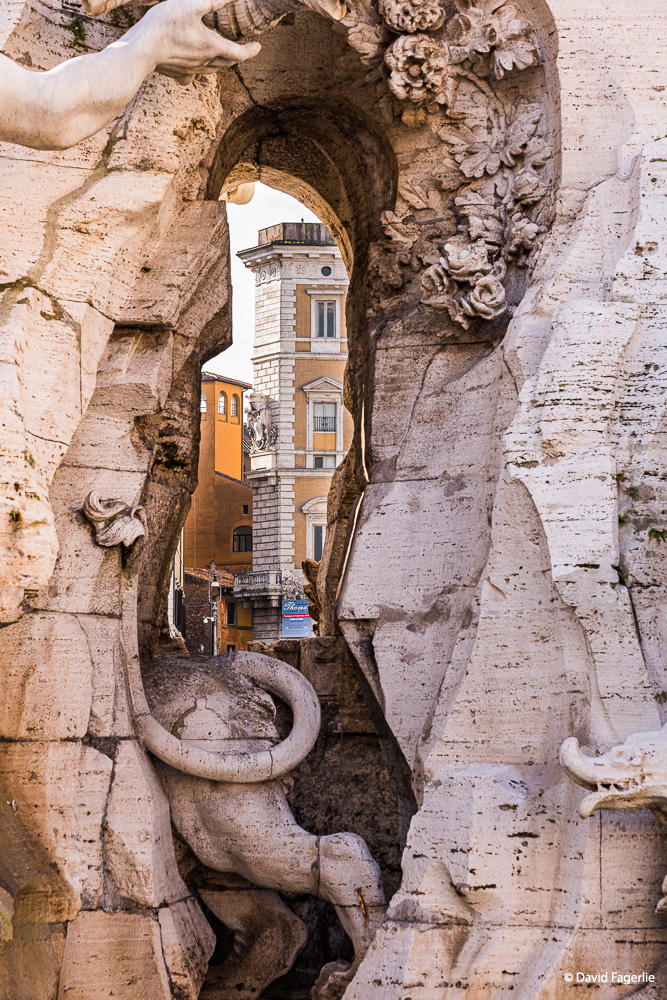
Fontana del Moro
Sculpted by Giacomo della Porta and later perfected by Bernini, who added the figure of the Moor, the fountain was initially called the “Seashell Fountain.”
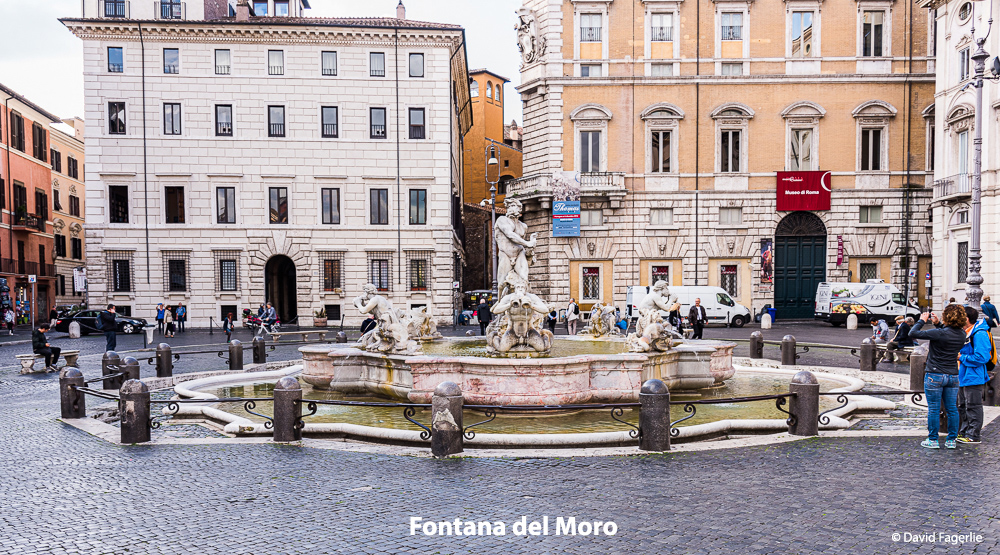
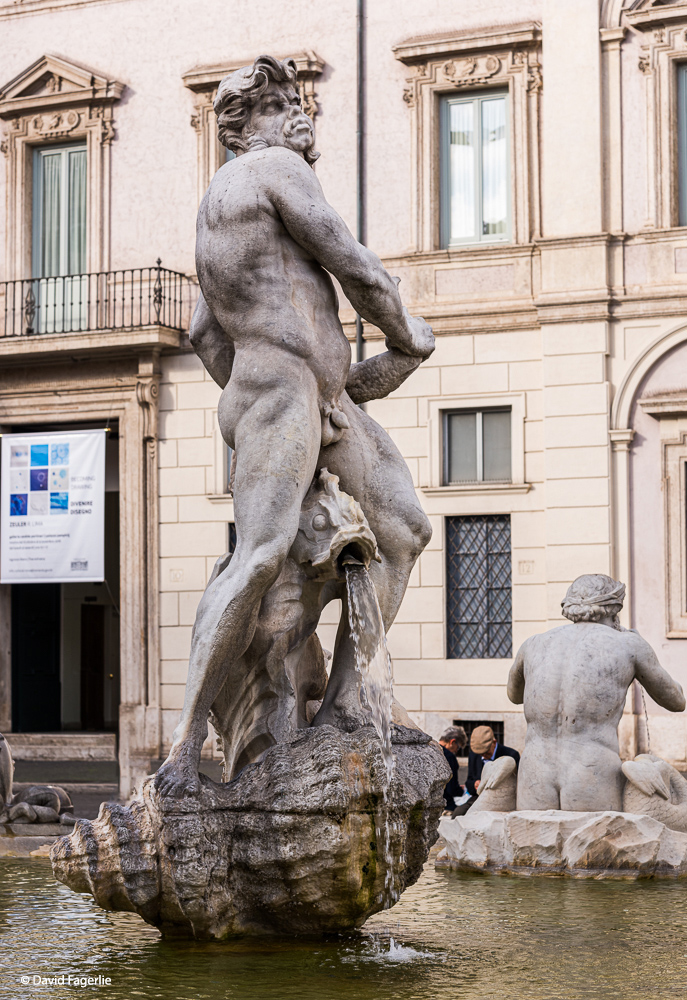
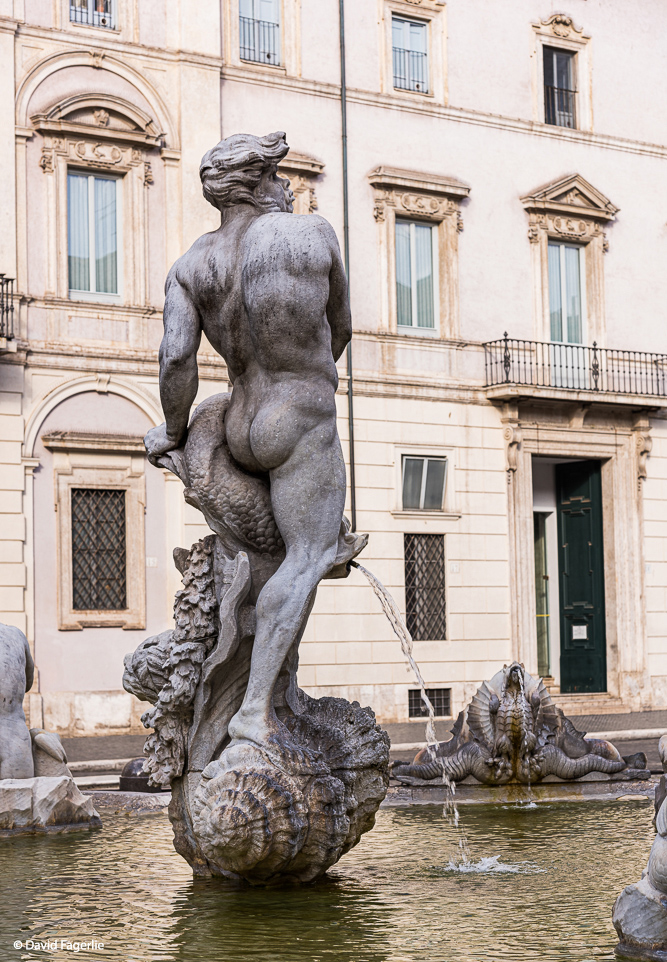

Fontana del Nettuno
The Fontana del Nettuno (Fountain of Neptune) was also created by Giacomo della Porta in 1574 but remained unfinished until 1878 when it was decorated by Antonio Della Bitta and Gregorio Zappalà.
Located at the northern end of the piazza, “this fountain was commissioned to Giacomo della Porta in 1574, and as with the Fontana del Moro on the southern end, the material used was Portasanta, which is a rose marble. Della Porta’s designed the two fountains to be similar in appearance, with tritons and large masks, but the project was never completed and for about 300 years the fountain remained undecorated. Finally in 1878, Antonio Della Bitta was commissioned to carve the statue of Neptune slaying a giant octopus, and Gregorio Zappala carved the group of 8 sea figures playing in the basin, two sea horses, two cherubs, two dolphins, and two Nereids or sea nymphs, and so the fountain was renamed, Fountain of Neptune.” – Rolling Rome
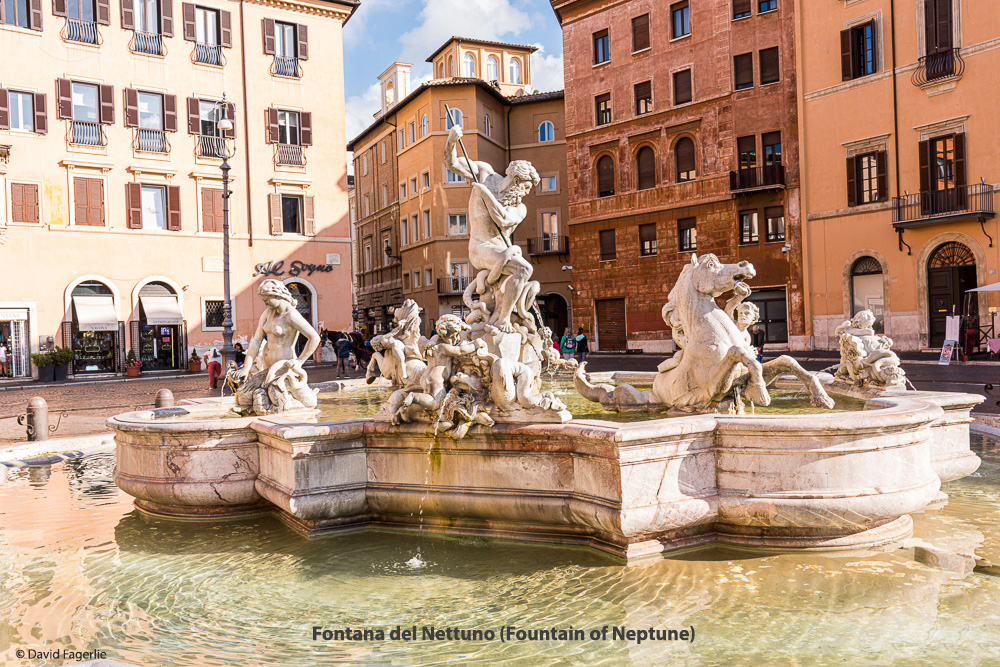
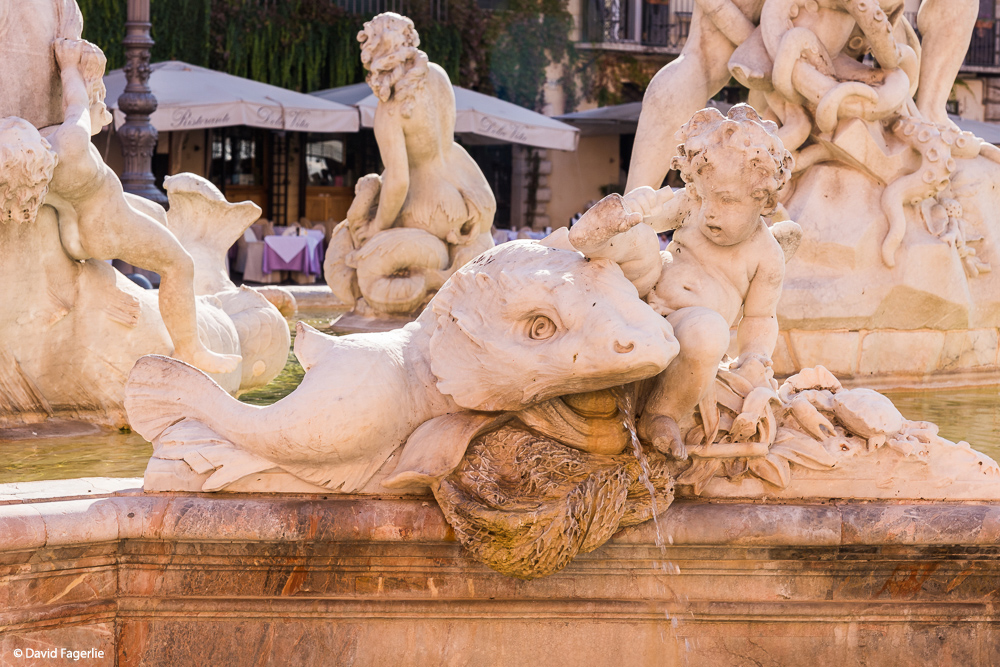
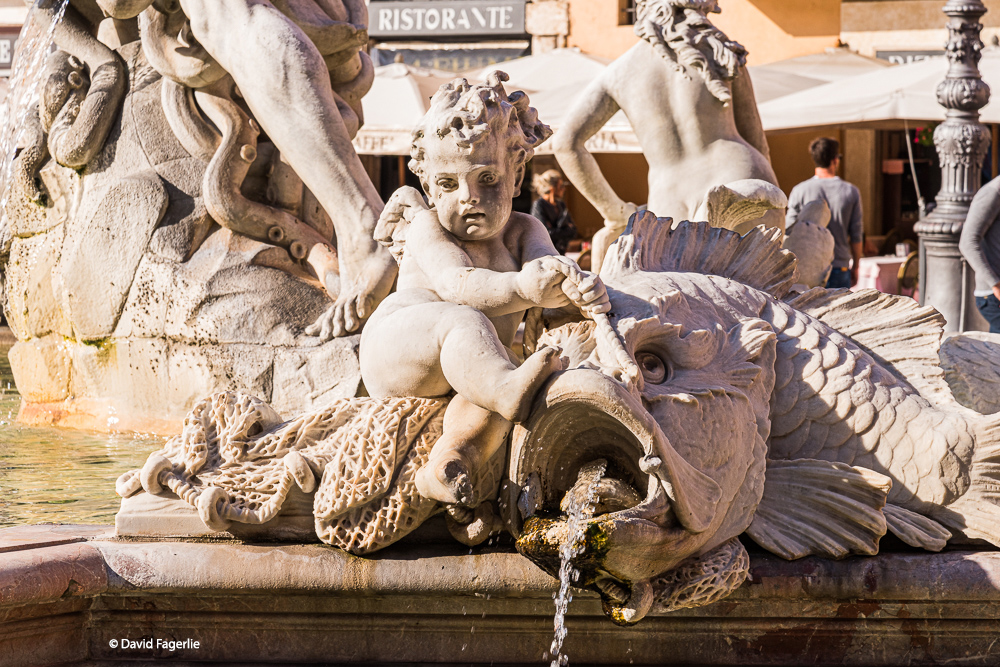
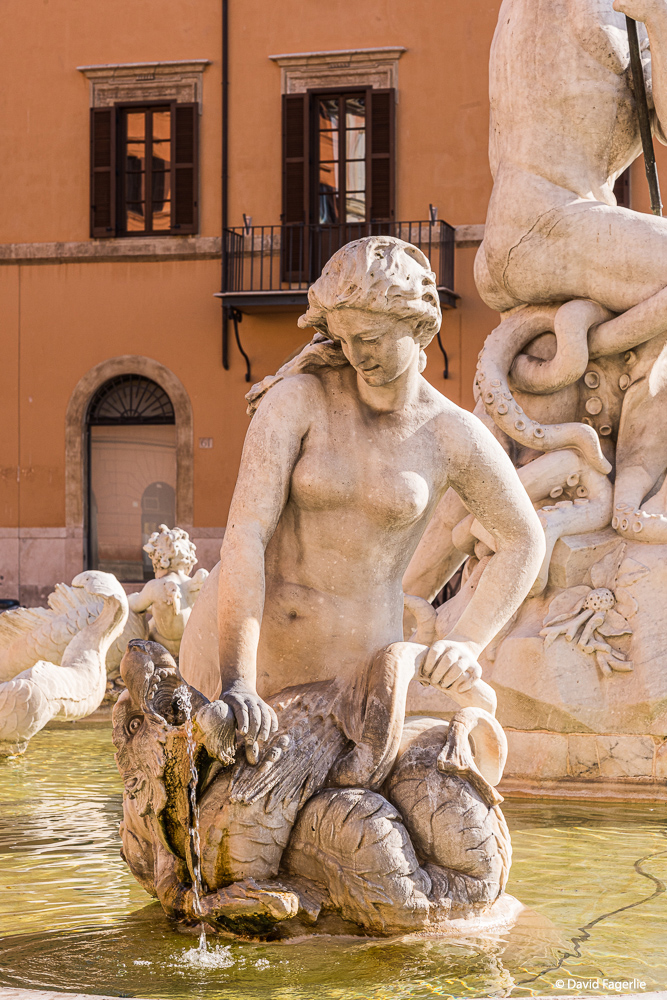
Musei Capitolini (Capitoline Museums)
Musei Capitolini is a single museum organization comprised of a group of art and archeological museums on top of Capitoline Hill. The museums date back to 1471 when Pope Sixtus IV donated a collection of important ancient bronzes to the people of Rome and located them on Capitoline Hill. It became the first museum in the world that was open to the public. The building and plaza concepts were conceived by Michelangelo in 1536 and implemented over a period of 400 years. The collections grew in number to include ancient Roman statues, other artifacts, medieval and Renaissance art and collections of jewels and coins.
The three main buildings of the Capitoline Museums include the Palazzo Senatorio, built in the 12th century and modified to Michelangelo’s designs. Palazzo dei Conservatori, built in the mid-16th century, also was modified by Michelangelo. Palazzo Nuovo was built in the 17th century.
Upon entering the museum, clearing security and picking up audio tours we entered a large courtyard of ancient works, some very large. The Colossus of Constantine was a statue twelve meters tall, unearthed in chunks in the Roman Forum in 1486. It is believed the sculpture was created between 306 and 337 CE.

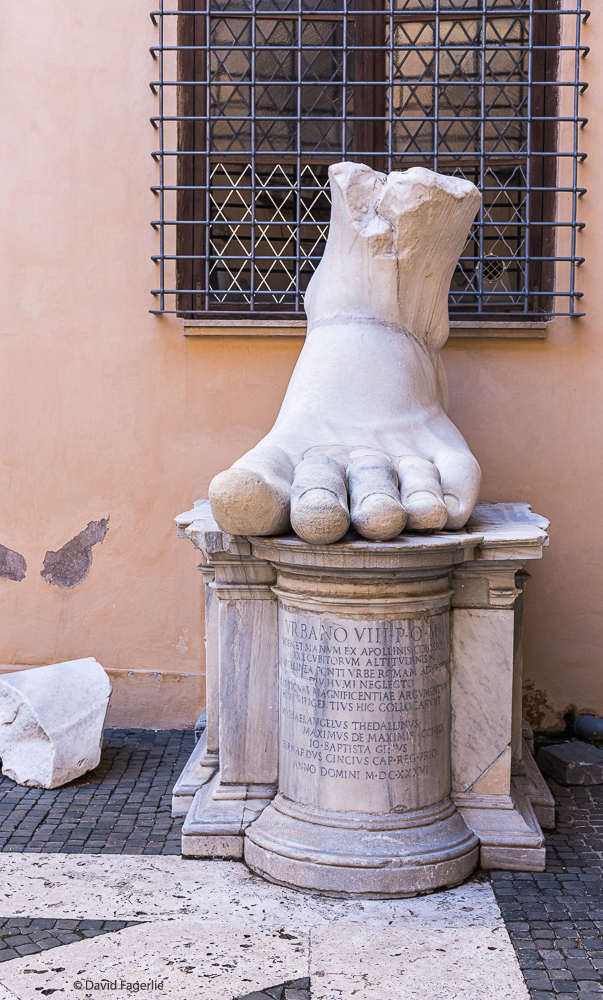

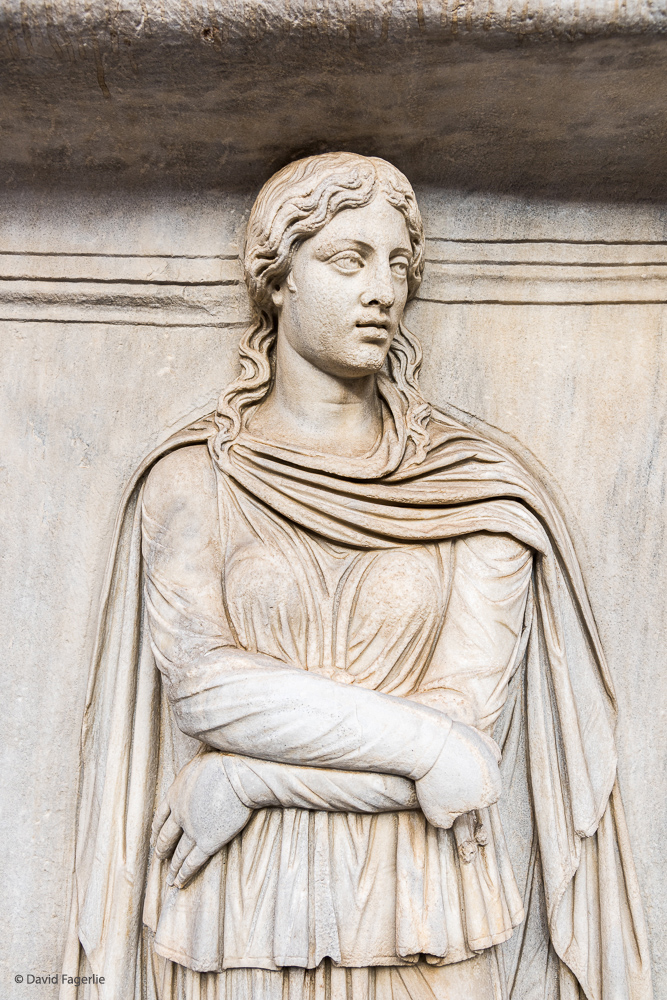
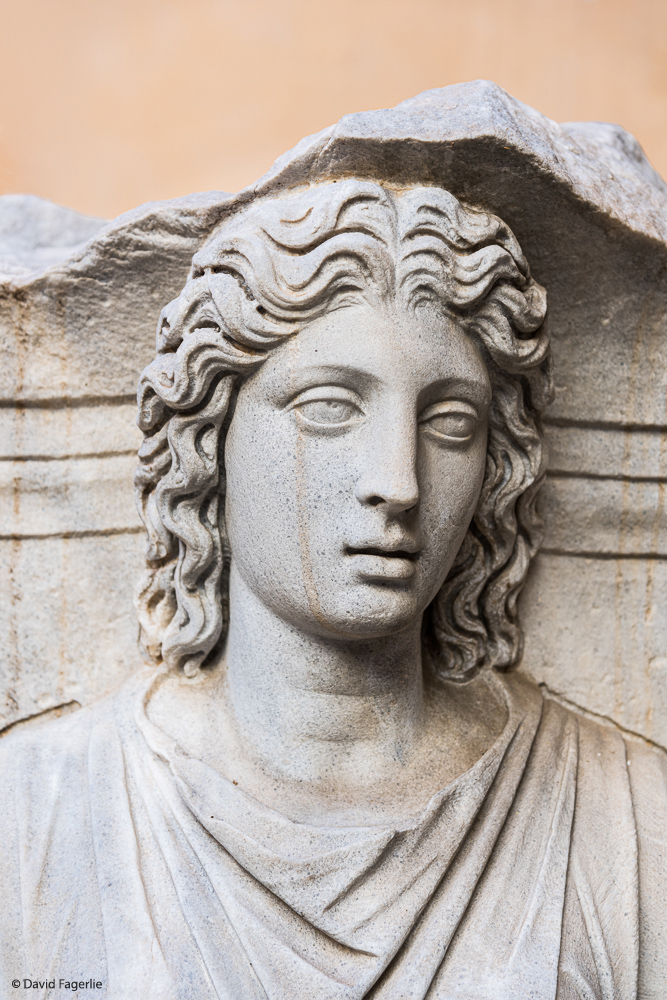
Cesi Roma (Sitting Rome), a colossal statue from 117-138 CE, is a copy of the original created in the 5th century BCE. I found the organization of the artwork strange, as though somehow Rome was sitting upon a woman that does not look happy about it. I found the quality of the sculpture of the woman impressive.
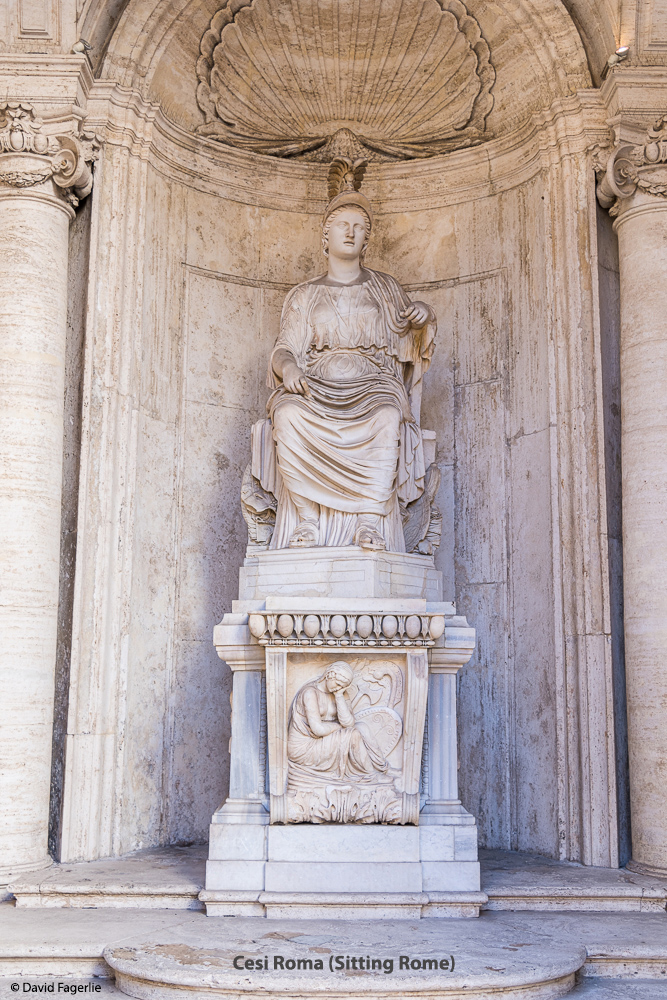

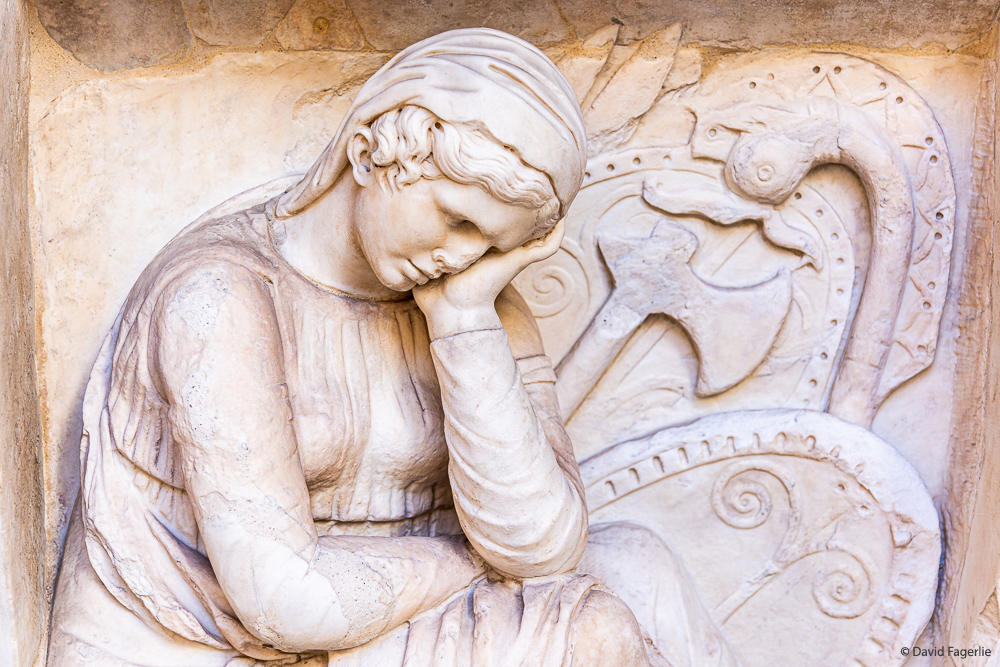
Inside of the museum, another copy of an original work, Artemis of Ephesus, was originally created in the 2nd century BCE. A Greek goddess, Artemis was the daughter of Zeus and Leto and the twin sister of Apollo. She was an image of fertility and the oval shapes are supposed to be bulls’ testicles.
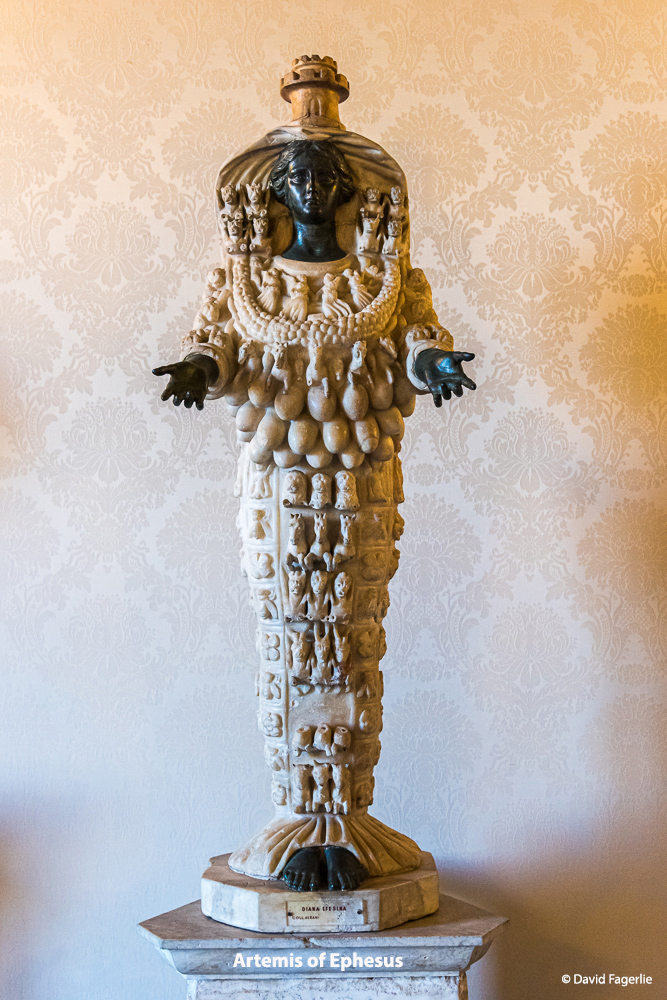
The head of Medusa is another of Bernini’s great works, which he created sometime in the 1630s.
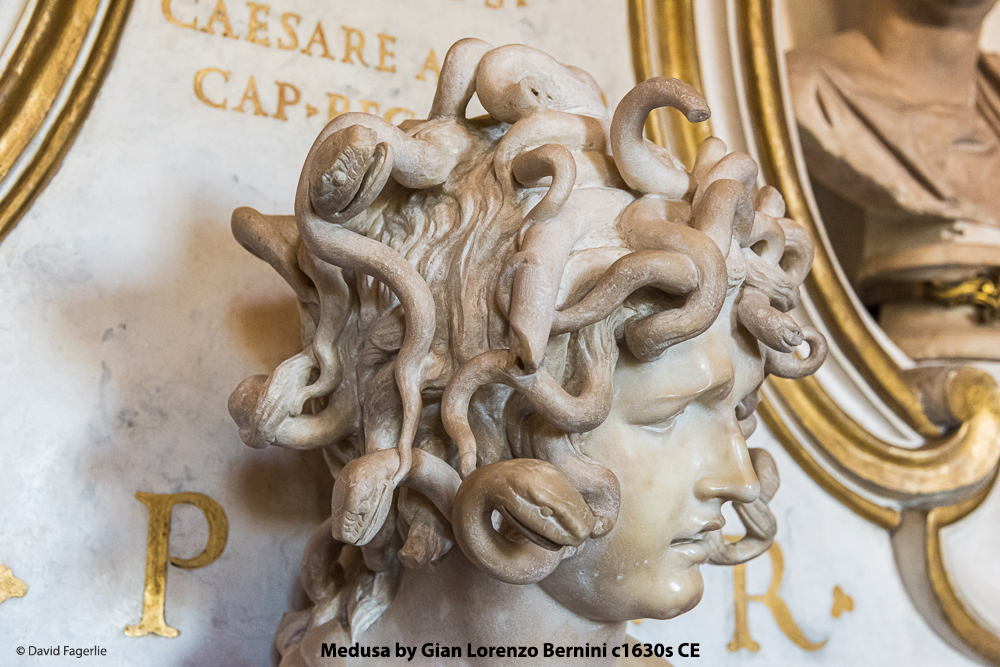
Spinario, Boy Extracting a Thorn, from the 1st century BCE, also referred to as “The Faithful Boy,” represents the legend of a boy who traveled a great distance to deliver an important message, stopping only once to remove a painful thorn.
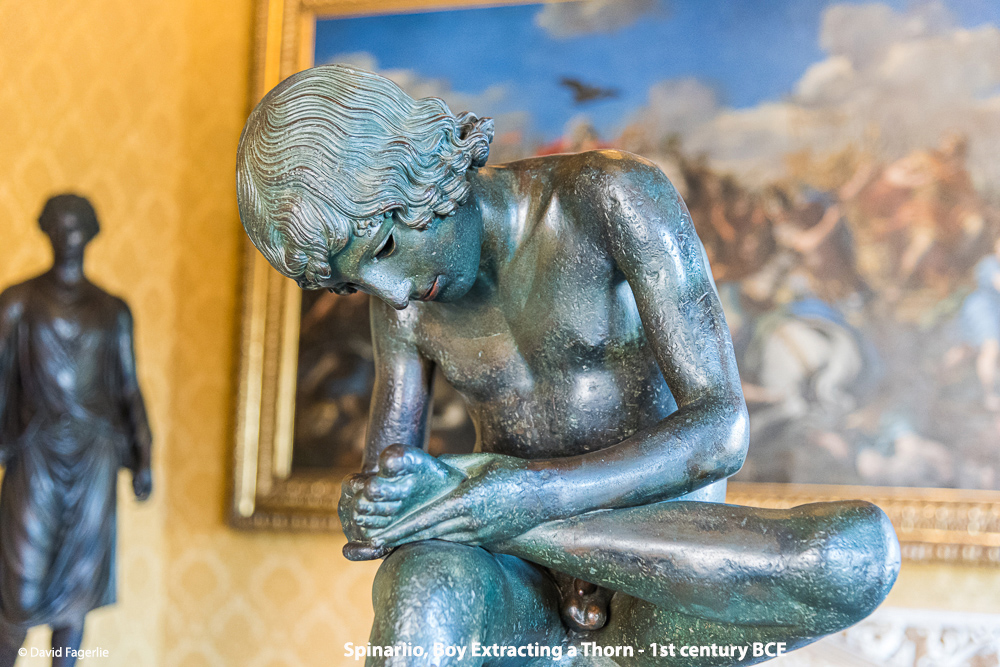
One of my very favorite pieces in the museum was the Capitoline She Wolf, created in the 5th century BCE. There were so many angles to this piece for me to ponder and photograph. Pope Sixtus IV donated it to the museum. The Capitoline She Wolf then became the symbol of Rome. Legend holds that Rome was founded by the the twins Romulus and Remus. The boys were abandoned by their mother. They were suckled by a she wolf and then rescued by either shepherd or river god.
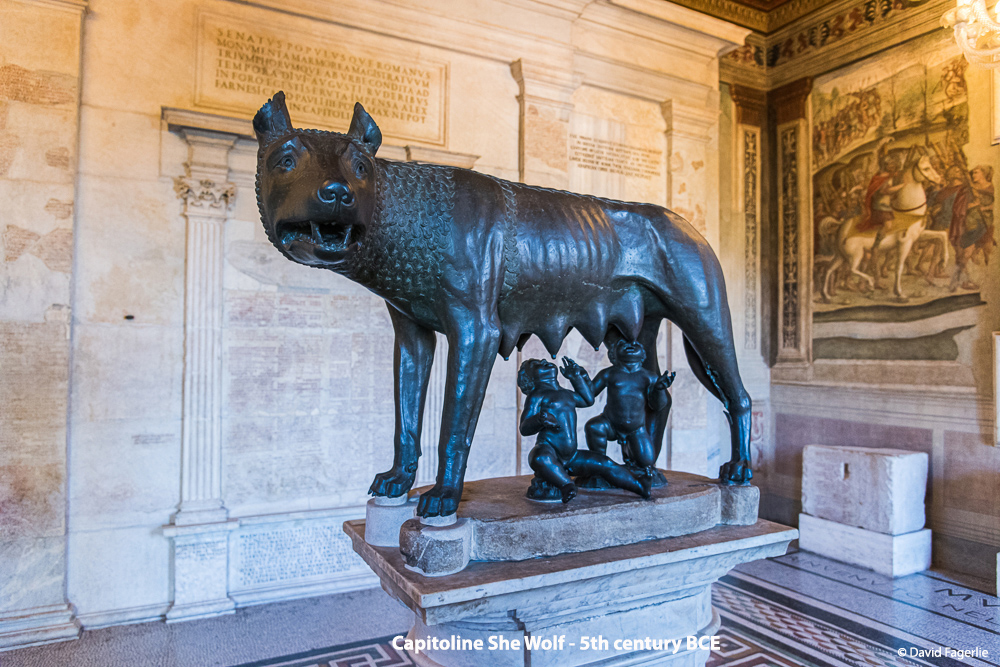
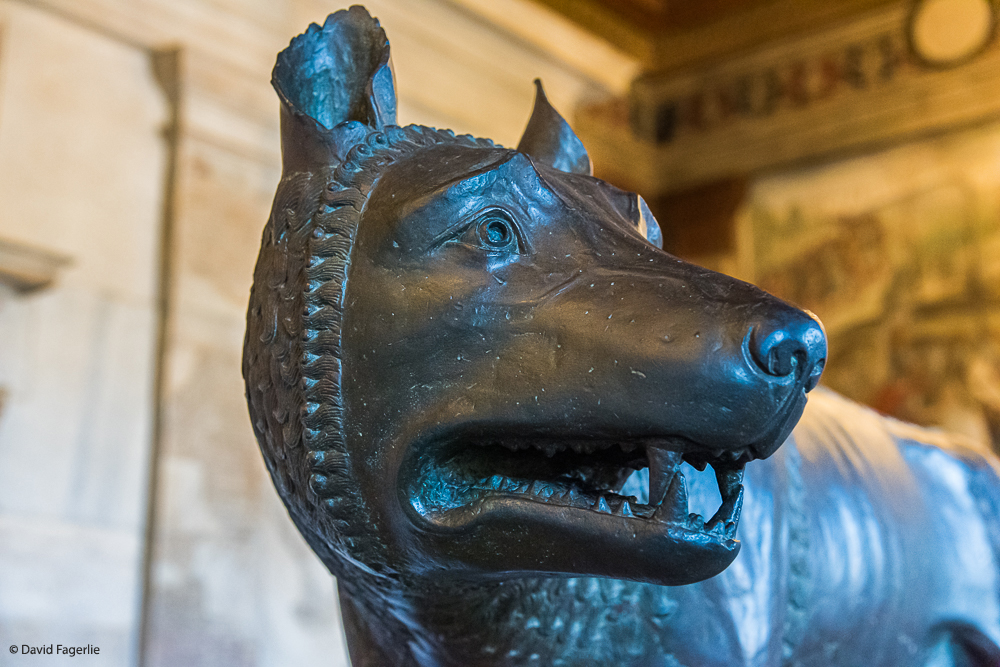
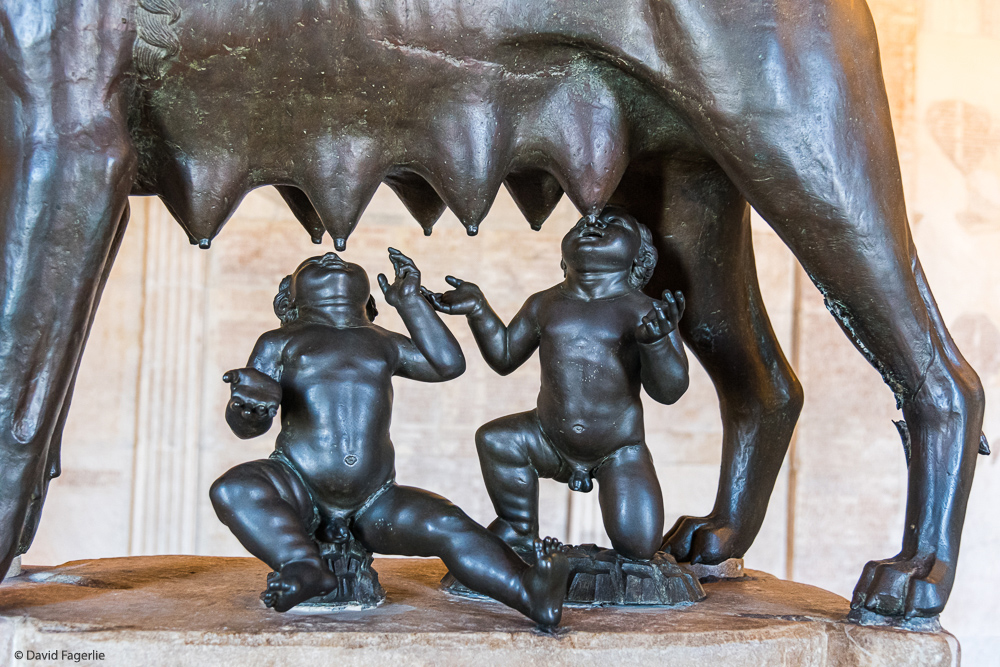
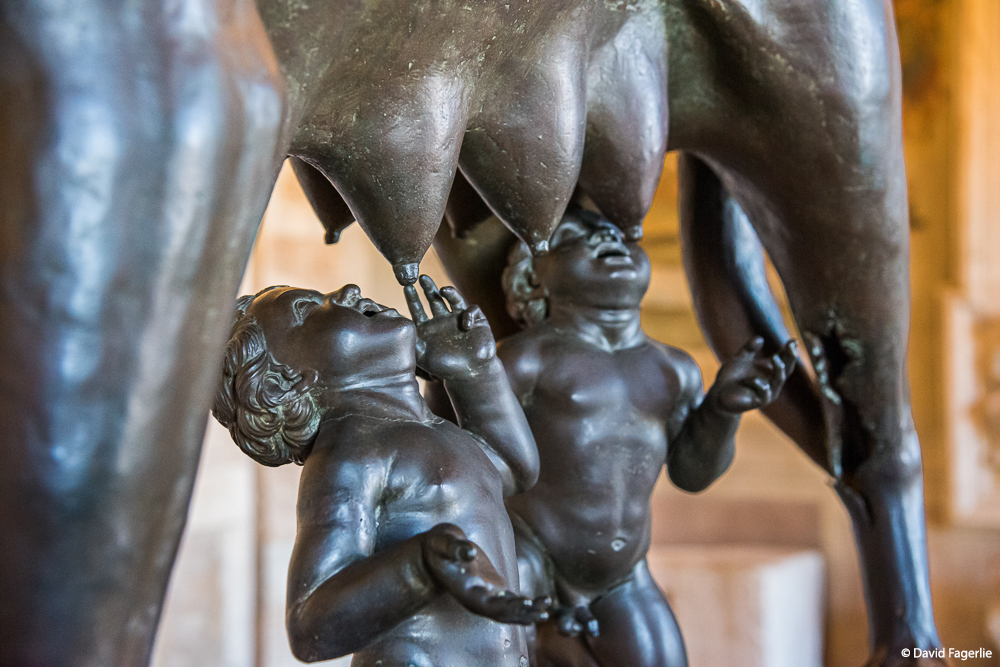
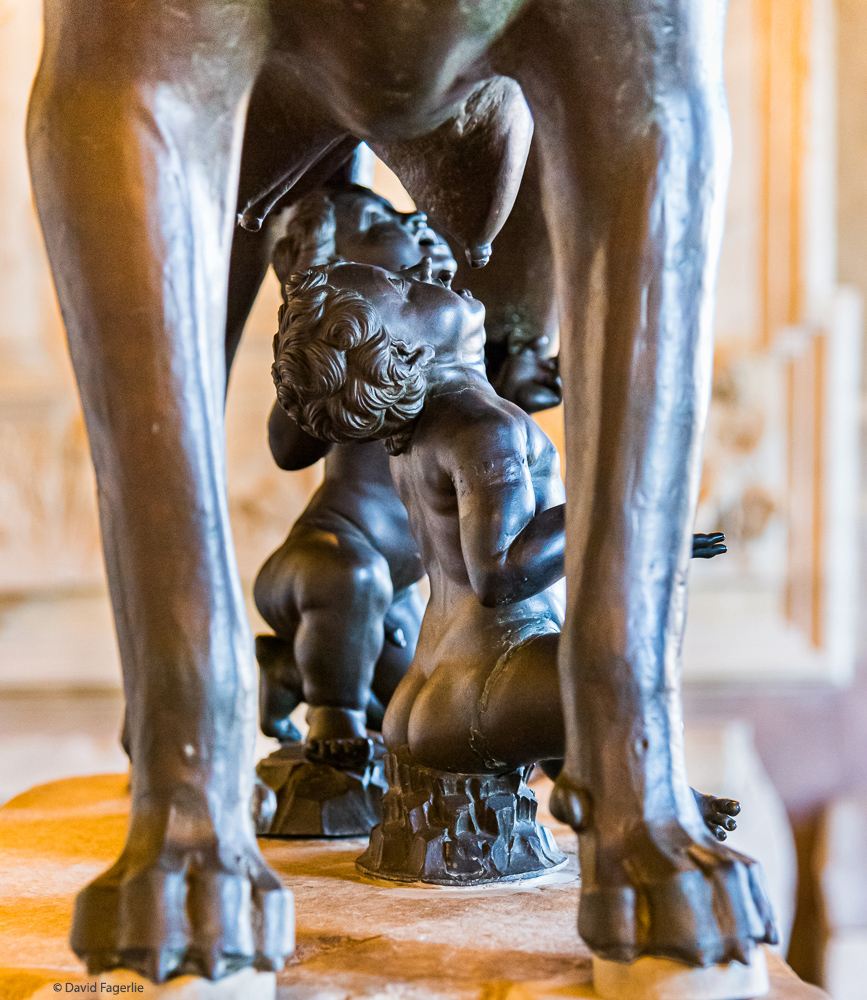
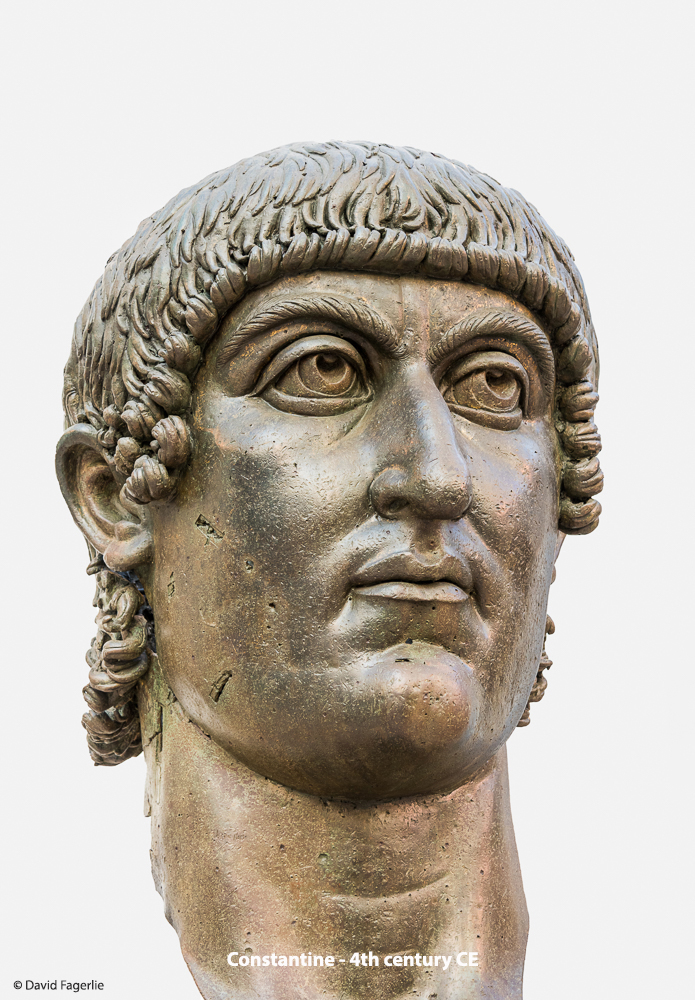
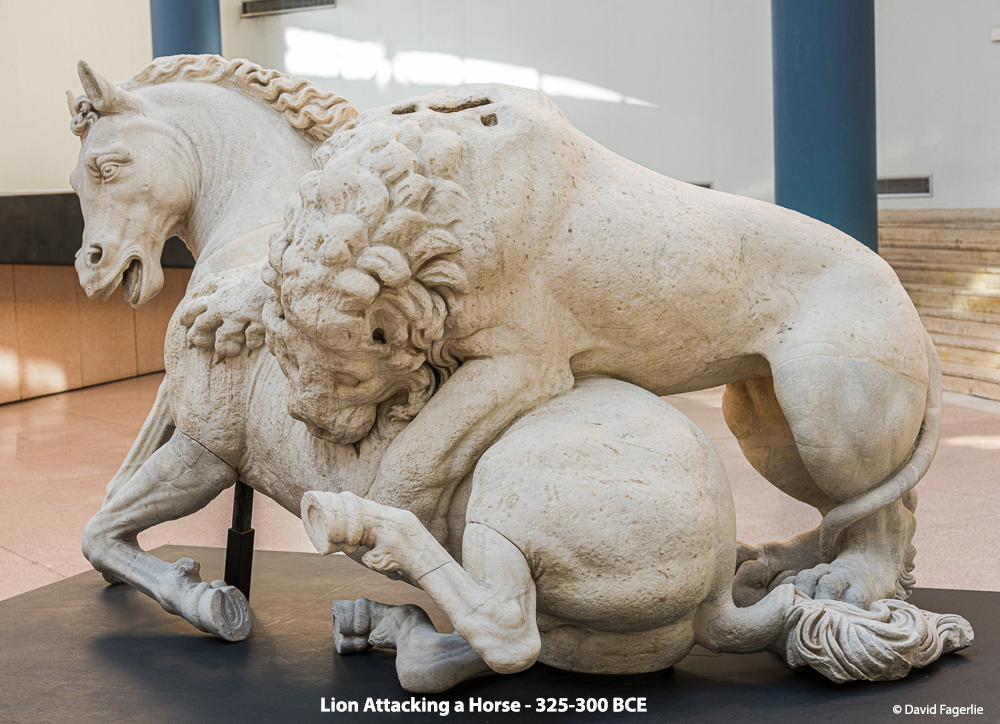
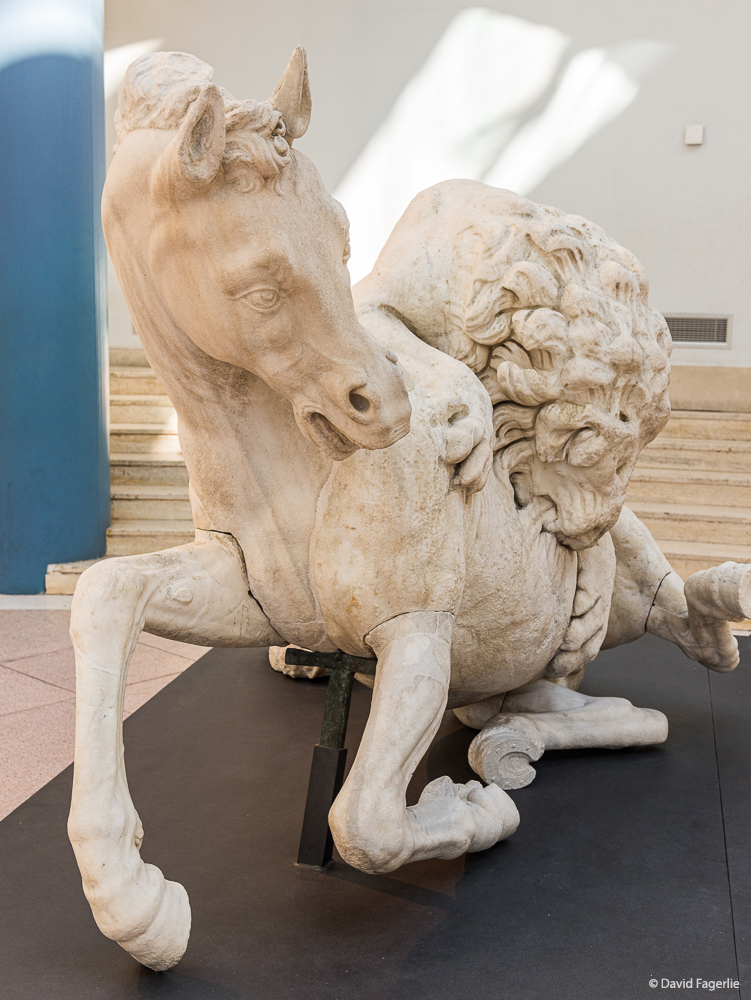

Marcus Aurelius was one of the most respected emperors in Roman history. Growing up, he was a dedicated student, learning Latin and Greek. He later had significant roles in the Roman Senate and became emperor in year 161. I close this chapter with images of a statue of Marcus Aurelius created in 176 CE that broadcasts a confident leader. Marcus Aurelius died on March 17, 180.
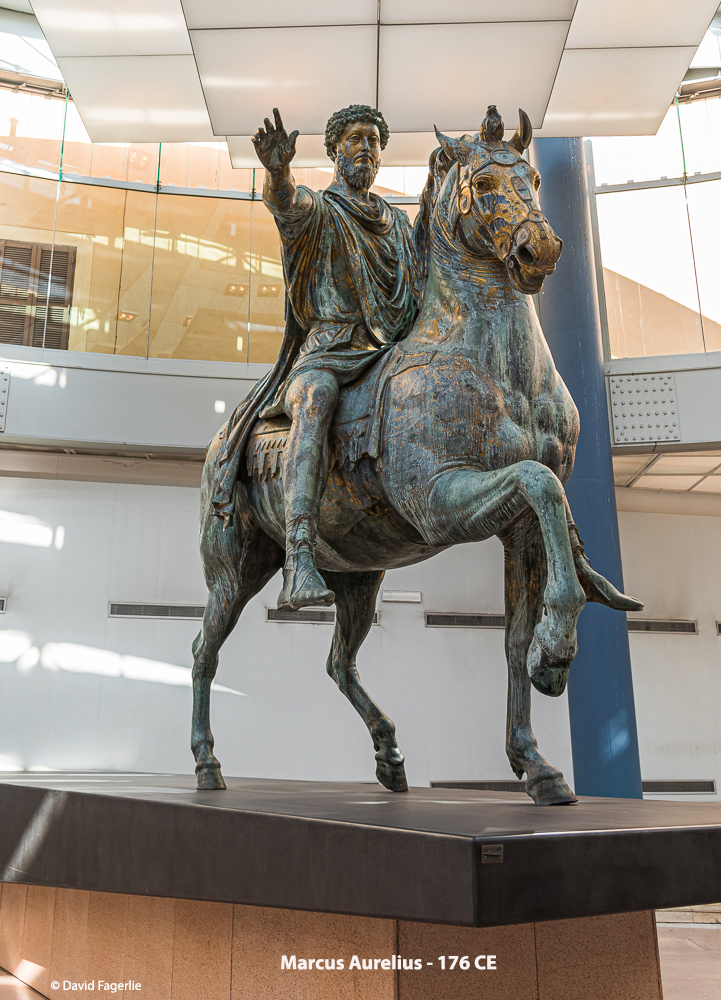

A higher resolution slide show of these photos is available in Galleries. You can access this gallery directly by clicking HERE.
Next Monday we visit the Vatican.
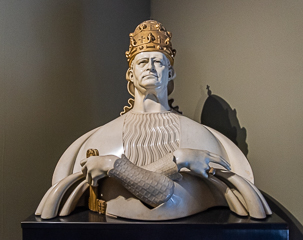
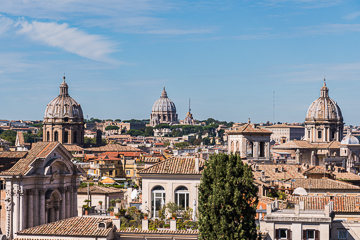
November 19, 2020
Chapter 4: Vatican
Vatican City is the smallest “country” in the world.